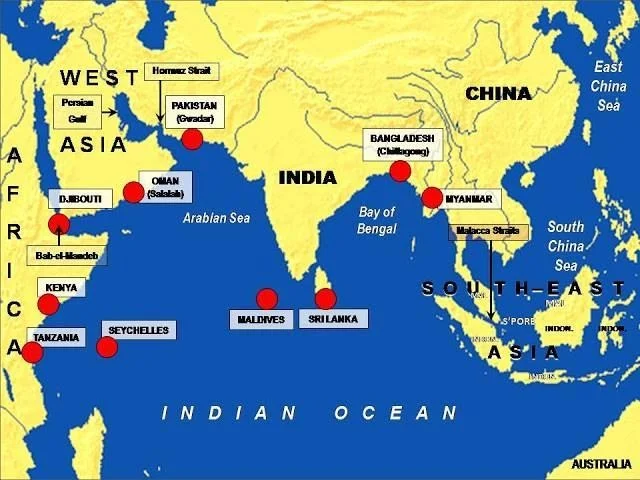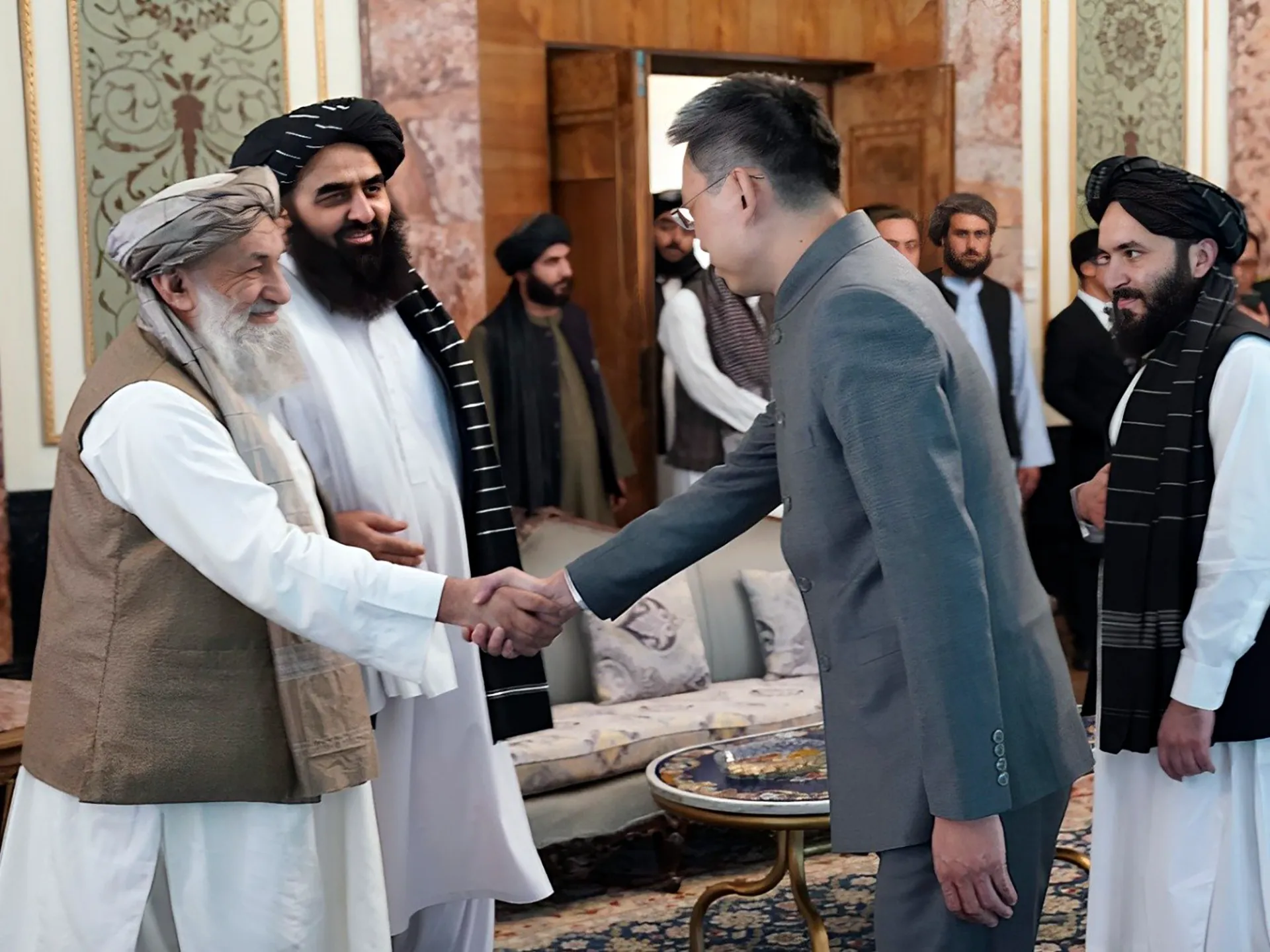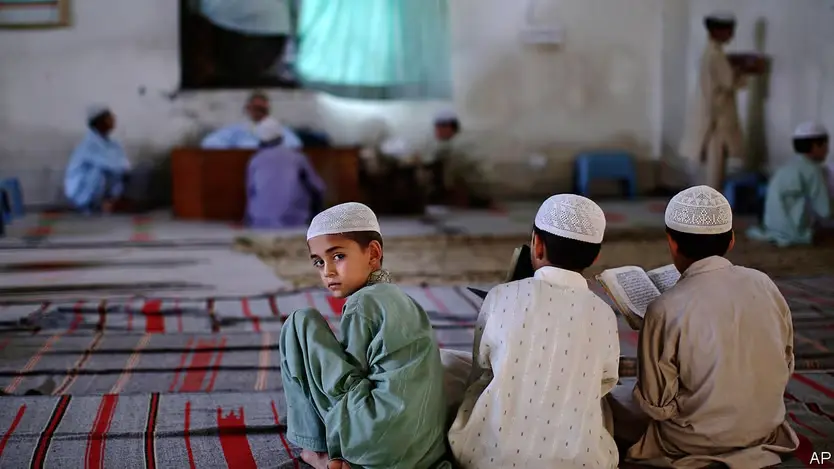In the midst of profound global transformations unseen in a century, the Asia-Pacific region stands as a focal point, experiencing increasing sources of turbulence and risks alongside the rest of the world. We are witnessing significant political, strategic, and economic transformation in the world which is currently in a state of flux and uncertainty.
The end of Cold War heralded the emergence of numerous fast-developing economies in Asia, South America, Africa, and the phenomenal rise of China, strengthening the expectation of the establishment of a multipolar world by the middle of the 21st Century.
However, the transition from a unipolar to a multipolar world is a period of insecurity with the emergence of new alignments and new security and economic structures. Tensions between the United States and its allies and partners and China continuously display signs of escalation.
![Indo Pacific Region [Google Maps]](https://southasiatimes.org/wp-content/uploads/2024/03/Indo-Pacific-Region-1024x615-1.webp)
The shift in global power dynamics accompanied by the increasing impact of climate change, the emergence of new socio-military technologies, Artificial Intelligence, big data explosion, rapid population growth and exponential rise of urban areas, and changing needs and requirements of the future present a complicated labyrinth of dangers that need careful navigation.
Developing countries, particularly Pakistan, which is situated at the important confluence of three sub-regions of Asia will face severe challenges alongside emerging opportunities.
The pivotal geographical position of Pakistan in this fluid landscape becomes a critical factor for future trade routes. With neighbours such as China, India, Afghanistan, and Iran, Pakistan has the potential to connect Asia to Africa through road, rail, and sea links.
The intensification of Sino-American competition currently forms the most important instance of great-power competition which has the potential of becoming a major conflict engulfing the entire world. The Chinese nation is now well on its path to achieve the dream of the Great Rejuvenation of the Chinese Nation by the middle of this century. China has emerged as a serious contender for the future economic and political leadership of the world and a threat to US supremacy.
Any military conflict between the U.S. and China would be disastrous as China is now almost at par with the U.S. and is a far more formidable military adversary than before. It is also a fact that such a confrontation would throw up challenges for countries that are already situated in turbulent regions and are desirous of maintaining good and stable relations with both the U.S.A. and China.
![The presence of the US military bases in the Indian and Pacific oceans. [Image Source: Japan Forward]](https://southasiatimes.org/wp-content/uploads/2024/03/US-military-presense-in-Indo-Pacific-1024x990.webp)
The United States has substantially expanded its defense budgets incorporating new technologies in its already massive defense capabilities. In the Pacific, Australia at the behest of the U.S.A and as a member of QUAD is now predominantly focusing on the Pacific Islands, Japan, situated off the eastern coast of China with difficult bilateral relations with China, after almost 80 years is being encouraged to expand its defense budget gradually coursing it to abandon its peaceful orientation.
In the North East of China we see that South Korea demonstrated its preference for the United States in case of any confrontation while India has been chosen to be the strategic partner of the U.S.A in the Indian Ocean Region and it continues to heighten tensions with China and Pakistan, the all-weather strategic cooperative partner of China. Pakistan needs to navigate these turbulent waters with great strategic vision and political sagacity if it wants to successfully emerge from this flux as a politically and economically strong nation.

For Pakistan, further strengthening its all-weather strategic cooperative partnership with China while maintaining its friendly relations with the U.S.A. and Europe will be challenging but is the only wise course of action to take.
In an era where Pakistan-India relations are at their lowest, and on the other hand India is the preferred strategic partner of the U.S.A and is being prepped as the net security provider in Asia and a counterweight to China. There seems to be no possibility for normalizing Pakistan-India relations in the foreseeable future until there is some forward movement on the issue of Illegally Indian Occupied Jammu and Kashmir and a change of fascist Modi government in India. Therefore, the coming decades will be the real test of political and strategic farsightedness and a test for Pakistan’s Politicians and its diplomacy.
Pakistan and China are both aware of their respective national challenges, and external variables in the form of global threats including unanticipated military conflicts, global recessions or financial crises, disruptions in energy supply lines, or determined efforts by countries, individually or within broad coalitions, to halt regional and inter-regional connectivity through Belt and Road Initiative (BRI), coupled with unilateralism, protectionism and unilateral coercive measure.
The unstable situation in Afghanistan is also a worry for China as it is for Pakistan and the U.S.A.-China has genuine reasons to want workable relations with the Taliban. China looks towards Pakistan to help it stabilize the political and humanitarian situation in Afghanistan to ensure it does not become a source of trouble for China in its strategically important Western Region. In addition, with the U.S. exiting the theater, China might want to have greater access to Central Asia through Afghanistan.

In the coming decades, these strong bilateral ties between China and Pakistan should continue to synergize with emerging regional and global trends for sustainable development and lasting peace. It is, therefore, essential to set out clear goals and expectations, to be translated into a concrete road map and coherent strategy for balanced human, social, and economic development that would substantially contribute to regional peace and stability.
Pakistan has always sought relations with the U.S.A. that are long-term predictable and anchored in a mutually beneficial bilateral exchange based on mutual trust and mutual respect. However, we saw history repeat itself when after 9/11, Pakistan was literally given no choice but to join hands with the U.S.A. to enable them to attack Afghanistan to eliminate terrorism and yet again we saw our importance diminishing after the sudden withdrawal of the coalition forces from Afghanistan leaving Pakistan in a limbo.
Now again with the shift in global power, we are witnessing a U.S.A reassessment of ties with Islamabad. However, this time over it is imperative to shift from the traditional security lens while recasting our relationship.
The strategic environment in the Asia Pacific region is compelling the US to once again engage Pakistan at strategic front emphasizing its strategic partnership with Pakistan and stating that Islamabad does not have to strain its ties with China to maintain its relationship with Washington. This would require building a partnership that is predicated on developing the relationship exclusive of singular agendas and factors extraneous to bilateral relations.
Also Read: South Asia: In the Midst of a European Conflict
CPEC could contribute to the further integration of South Asia. The core vision of CPEC is to improve infrastructure to facilitate interconnectivity. The project is expected to eventually connect China, Pakistan, Iran, Afghanistan, and Central Asian countries together, integrating a market of two billion people, and needs the full attention and focus of Pakistan.
The challenge lies in how Pakistan strategically positions itself to build these bridges for sustainable socio-economic development without being embroiled in the power politics of great powers that will eventually be played out in the Asia Pacific region, particularly in the Indian Ocean. To project geo-economics significance and consolidate Pakistan’s futuristic political and strategic role, it is essential to develop Pakistan’s understanding of the economic and strategic policies of nations beyond Asia.
An ancient Chinese philosopher observed and I quote:
“All living things may grow side by side without harming one another, and different roads may run in parallel without interfering with one another. Only when all countries pursue the cause of common good, live in harmony, and engage in cooperation for mutual benefit will there be sustained prosperity and guaranteed security.”
The views expressed in this article are the author’s own. They do not necessarily reflect the editorial policy of the South Asia Times.

![Rising tensions and a multipolar world challenge stability in the Asia-Pacific region. [Image: Foreign Policy Illustration]](https://southasiatimes.org/wp-content/uploads/2024/03/china-us-3d-chess-iStock-175480001b-article.webp)




